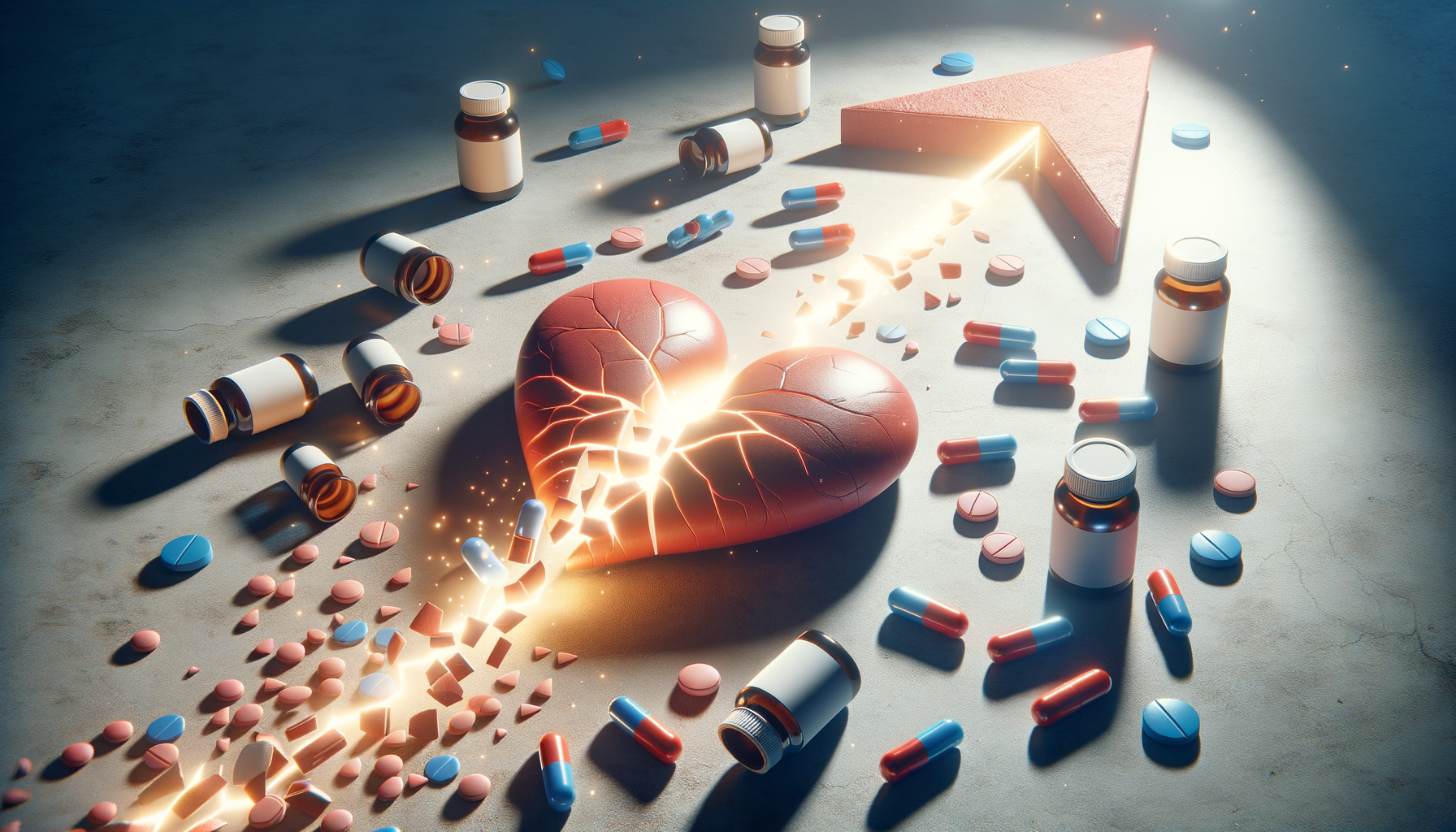Understanding Erectile Dysfunction
Erectile dysfunction (ED) is a prevalent condition affecting men worldwide, characterized by the inability to achieve or maintain an erection sufficient for satisfactory sexual performance. While it can occur at any age, its prevalence increases with age, affecting approximately 40% of men by the age of 40, and nearly 70% by the age of 70. Understanding the underlying causes of ED is crucial for effective treatment. These causes can be broadly categorized into physical and psychological factors. Physical causes include cardiovascular diseases, diabetes, hormonal imbalances, and neurological disorders. Psychological factors may involve stress, anxiety, depression, and relationship issues. Lifestyle factors such as smoking, alcohol consumption, and obesity also play a significant role. By identifying the root cause, healthcare providers can tailor treatments to individual needs, improving outcomes and quality of life.
Pharmacological Treatments
Pharmacological treatments for ED are among the most common and effective options available. Oral medications known as phosphodiesterase type 5 inhibitors (PDE5 inhibitors) are often prescribed. These include well-known medications that enhance the effects of nitric oxide, a natural chemical the body produces to relax muscles in the penis and increase blood flow. This class of drugs is generally effective and has a good safety profile, but they do require sexual stimulation to work. For those who cannot take PDE5 inhibitors, alternative medications such as alprostadil can be injected directly into the penis or inserted as a tiny suppository into the penile urethra. While these methods can be effective, they may be less convenient and carry a higher risk of side effects. It is important for patients to consult with healthcare professionals to determine the most suitable medication based on their health status and preferences.
Non-Pharmacological Treatments
Non-pharmacological treatments offer alternative solutions for those who prefer not to use medication or for whom medication is ineffective. One popular option is vacuum erection devices (VEDs), which involve placing a tube over the penis and using a pump to create a vacuum that draws blood into the penis, inducing an erection. Another option is penile implants, which are surgically placed devices that allow men to control the timing and duration of an erection. These implants are typically considered when other treatments have failed. Additionally, shockwave therapy is an emerging treatment that uses low-intensity shockwaves to improve blood flow to the penis. Although more research is needed to confirm its efficacy, early studies show promise. These treatments can be effective, but they also come with their own risks and benefits, which should be discussed thoroughly with a healthcare provider.
Lifestyle Modifications and Psychological Counseling
Lifestyle modifications can have a significant impact on erectile function, particularly when ED is caused or exacerbated by lifestyle factors. Regular exercise, a healthy diet, quitting smoking, and reducing alcohol intake can improve overall health and blood flow, which may alleviate ED symptoms. Weight loss is particularly beneficial for those who are overweight or obese. Psychological counseling is another vital component of ED treatment, especially when psychological factors contribute to the condition. Therapy can help address issues such as performance anxiety, depression, and relationship problems. Cognitive-behavioral therapy (CBT) is a common approach that helps individuals change negative thought patterns and behaviors. Couples counseling may also be beneficial in addressing relationship dynamics that affect sexual health. Combining lifestyle changes with psychological support can lead to significant improvements in ED symptoms and overall well-being.
Emerging Treatments and Future Directions
The field of ED treatment is continually evolving, with new therapies on the horizon that hold promise for more effective and personalized care. Gene therapy is one such area of research, with the potential to address the underlying causes of ED at the genetic level. Stem cell therapy is another promising avenue, aiming to regenerate damaged tissues and restore normal function. Additionally, research into new pharmacological agents continues, with the goal of developing drugs that are more effective, have fewer side effects, and can be taken less frequently. Advances in technology also offer new possibilities, such as wearable devices that monitor physiological signals and provide feedback to improve sexual performance. As research progresses, these emerging treatments may offer new hope for individuals with ED, providing more options and potentially improving quality of life.




Leave a Reply